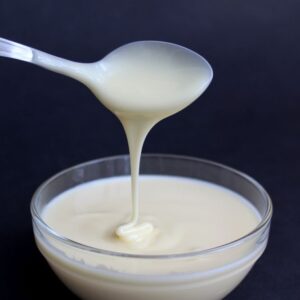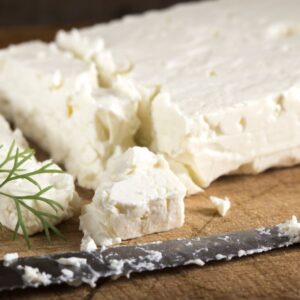Many delicious recipes call for cumin as an ingredient, but if you don’t have any on hand, learn about some great cumin substitute Will help save your dishes.
This article shows the best substitutes for cumin to use in your recipes.
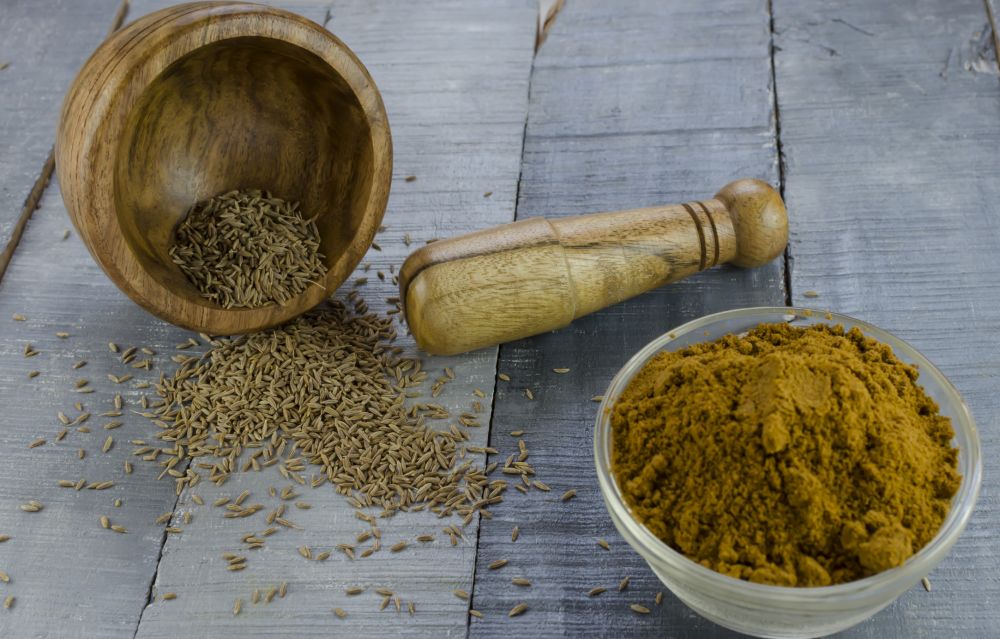
Cumin is a ground seed used as a spice in Indian, Pakistani, Mexican and Middle Eastern cuisines。 This spice is intensely nutty, earthy, smoky, peppery, lemony and slightly bitter. Cumin is commonly used to flavor curries, paprika, and other dishes. When looking for a cumin substitute, it’s essential to find a spice that at least partially mimics these qualities.
Best substitutes for cumin are coriander, caraway, paprika, fenugreek seeds, curry powder, taco seasoning, curry powder and paprika is a great substitute for cumin. Here is some information about these herbs:
1. Coriander
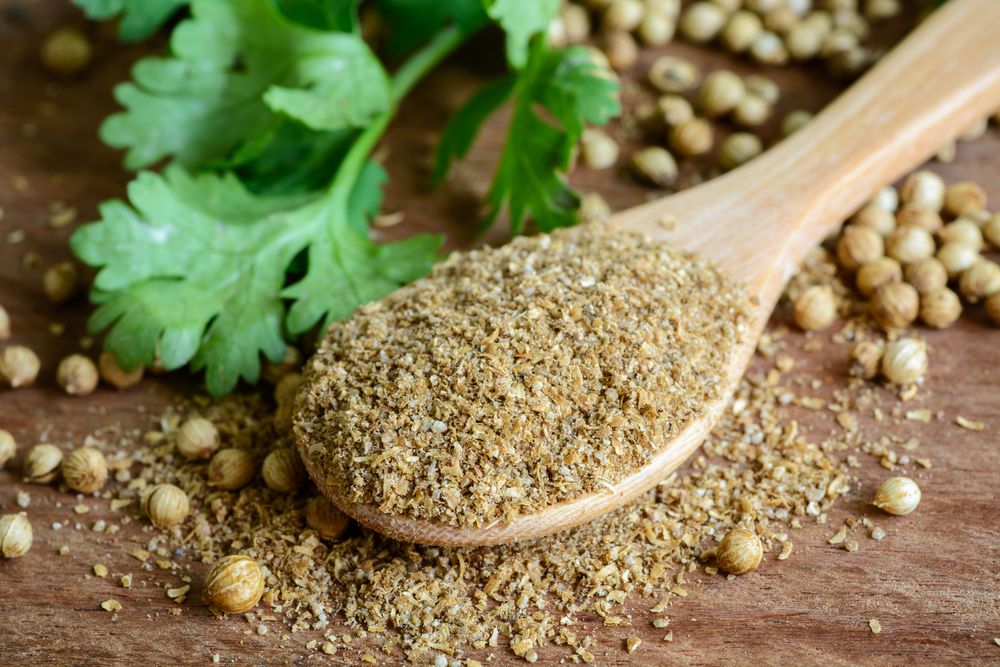
Coriander is an excellent substitute for cumin, thanks to its pungent, slightly bitter flavor and earthy aromaHowever, coriander is milder than cumin and lacks calories.
Substitute cilantro for cumin in soups, chicken, shrimp, lamb, burgers, pork, bacon, pilaf, salsa, dips, salads, and tomato dishes.
When using coriander instead of cumin, apply a 1:2 ratio. For example, use ½ teaspoon coriander for 1 teaspoon of cumin. To make up for the lack of heat, add a dash of paprika or cayenne.
It is better to use coriander seeds instead of cumin seeds and coriander powder instead of cumin powder.
2. Coriander
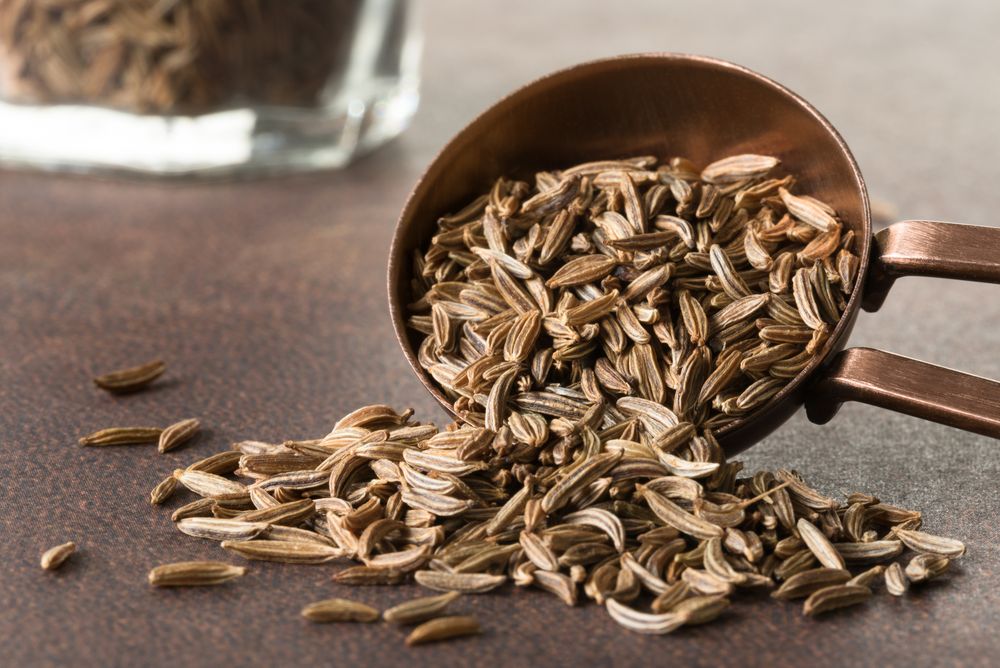
Coriander is a great substitute for cumin thanks to its earthy flavor with a hint of pepper and lemon.In contrast, cumin is a good substitute for coriander. Similar to cilantro, it has a milder flavor than cumin, but not enough heat. However, it also has a strong licorice flavor that will show up in your dishes.
Use cilantro in place of cumin in stews, salads, and dips.
When using coriander instead of cumin, apply a 1:2 ratio. For example, use ½ teaspoon coriander for 1 teaspoon of cumin. Be sure to add a dash of cayenne or cayenne pepper to make up for the lack of heat.
For best results, substitute coriander seeds for cumin seeds and coriander powder for cumin powder.
3. Chili
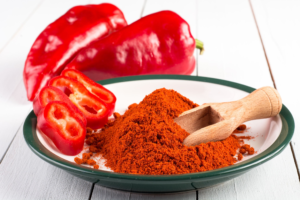
Paprika is a great substitute for cumin thanks to its warming, earthy, spicy and smoky flavorHowever, paprika doesn’t have the citrus flavor of cumin.
Use paprika instead of cumin in dry rubs, curries and stews. However, it turns food red due to carotenoid pigments like capsanthin and capsanthin.
When using paprika instead of cumin, use a 1:2 ratio. For example, use ½ teaspoon paprika for 1 teaspoon of cumin. Taste and add more as needed. To make up for the lack of citrus flavor, mix paprika with a pinch of ground coriander, or add a dash of lemon or lime to your dish.
4. Fenugreek seeds
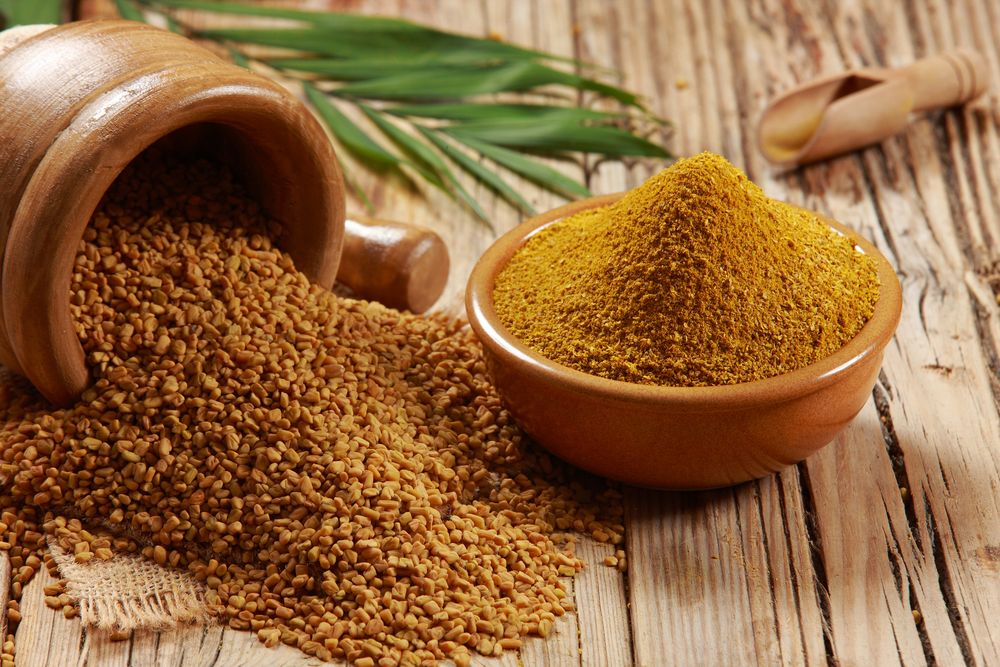
Fenugreek seeds are a good substitute for cumin, thanks to their bittersweet flavor and strong, slightly nutty aroma。 The seeds taste similar to maple syrup.
Use fenugreek seeds in place of cumin in Middle Eastern and Mediterranean cooking, such as curries, lentil soups, roasted chickpeas, rice dishes, kebabs, tomato stuffing and marinades.
When using fenugreek seeds instead of cumin, apply a 1:2 ratioFor example, use ½ teaspoon of fenugreek seeds for 1 teaspoon of cumin. Taste and add more as needed. You can add a pinch of paprika if you feel like you need more heat.
5. Curry powder
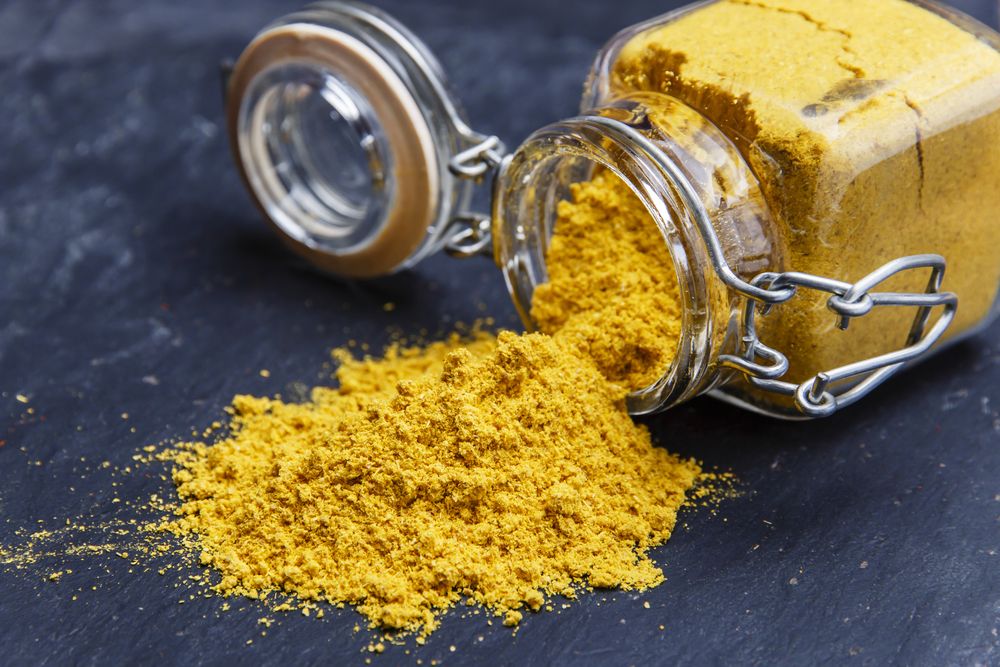
Curry powder is a great substitute for cumin as it is blended with many spices including cumin。 This powder also contains turmeric powder, coriander, ginger, cinnamon, mustard, black pepper and fenugreek. Together, these ingredients create a warm, spicy, and earthy flavor similar to cumin. However, curry powder adds more notes of other herbs, so it’s best to experiment to find your favorite aroma.
Use curry powder to replace cumin in curries, stews, marinades and rice. Apart from the different flavors due to various spices, curry powder turns food yellow due to turmeric powder.
When replacing cumin powder with curry powder, use a 1:1 ratio. For example, use 1 teaspoon curry powder for 1 teaspoon ground cumin. However, if your recipe calls for other spices in the curry powder mix, leave them out or reduce their amount.
6. Taco Seasoning

Taco seasoning is a great substitute for cumin because it combines a variety of spices, including cumin。 This seasoning also contains garlic powder, black pepper, oregano, onion powder, crushed red pepper flakes and salt.
Since taco seasoning is a blend of spices, it is similar to curry powder. Both also have a warm, spicy, and earthy flavor, which is why you can use taco seasoning in place of cumin in barbecue, seafood, chicken, rice, bean soup, and other Mexican dishes.
When using taco seasoning instead of cumin, apply a 1:2 ratio. For example, 1 teaspoon of cumin uses ½ teaspoon of taco seasoning. Taste and add more as needed. Since taco seasoning contains salt, reduce the amount of salt your recipe calls for. Check and lower the amount of other spices that may have been included in the taco seasoning.
7. Curry Curry
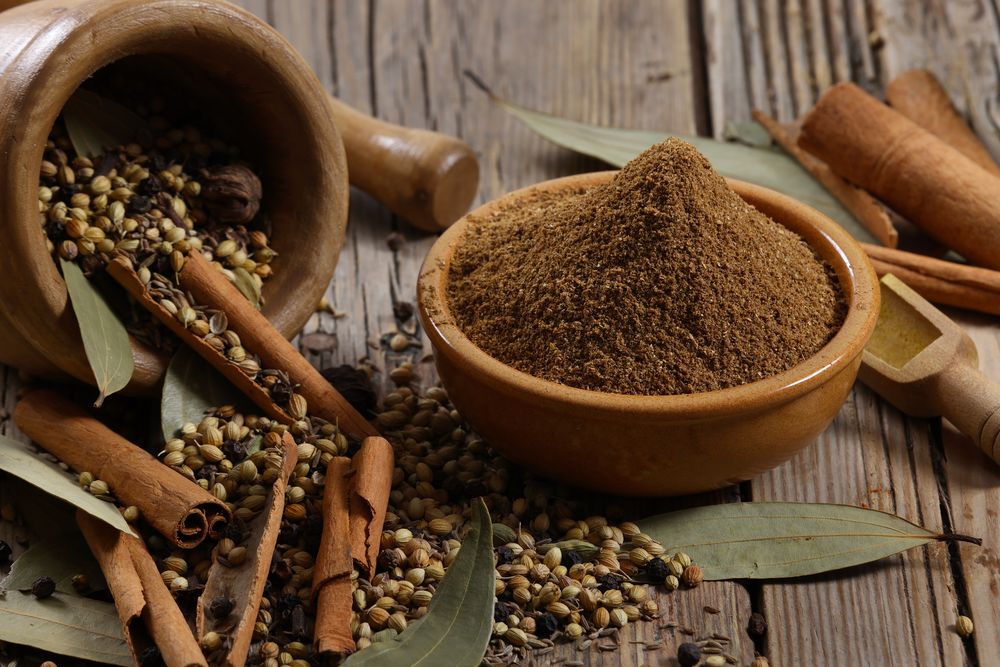
Garam masala is a good substitute for cumin as it is a spice blend that includes this seasoning.In addition, garam masala contains nutmeg, black pepper, cloves, cardamom, coriander and cinnamon. The resulting flavor is warm, spicy, citrusy, and slightly sweet.
Similar to curry powder and taco seasoning, curry powder will bring additional flavors to your dish due to the variety of spices. Use garam masala to replace cumin in curries, samosas, vegetables and stews.
When using garam masala instead of cumin, apply a ratio of 1:2. For example, use ½ teaspoon curry powder for 1 teaspoon of cumin. Taste and add more as needed. If your recipe calls for any of these spices, reduce the amount of nutmeg, pepper, cloves, cardamom, coriander or cinnamon as they are already part of the curry.
8. Paprika

Paprika is a good substitute for cumin as it is made from cumin and other spices. Depending on the ingredients in the paprika, you may taste paprika, oregano, garlic powder, paprika, onion powder, and salt. Together, these seasonings create a mild to medium flavor called Tex-Mex (Texas-Mex), which has more calories than cumin. Since paprika contains paprika, it can turn your food red due to carotenoid pigments.
When using paprika instead of cumin, use a 1:2 ratio. For example, use ½ teaspoon paprika for 1 teaspoon of cumin. Taste and add more as needed. Check other ingredients in the recipe and reduce their amounts so that the food is not too spicy or salty. To neutralize the strong taste of overly spicy paprika and bring it closer to cumin, add a bit of acid such as lemon juice or vinegar, dairy products like milk or sour cream, or sweetness like sugar or honey towards the end of the recipe.
common problem
Learn more about cumin:
What are the uses of cumin in cooking?
You can prepare it with whole cumin seeds Baked goods such as cumin rice (jila rice), potato curry, salads, soups and jila biscuits. Cumin powder is very suitable Marinades, soups, stews, curries, barbecue sauces, salsa, vegetable dishes, salads, tacos and spice mixes.
Is Cumin Poisonous?
Cumin is non-toxic when used in moderationHowever, cumin may cause heartburn if taken in large amounts.
Is coriander the same as cumin?
No, coriander and cumin are different spices。 Caraway seeds are light brown and round, while cumin, the most common species, is amber and boat-shaped with ridges. Cumin also has a strong pungent and bitter taste, while cilantro is slightly sweet and citrusy.
in conclusion
Although commonplace on the spice aisle of any grocery store, you can grow cumin plants at home, harvest its seeds, and dry them to use in your dishes. This herb is a handy addition to many recipes as it adds flavor to your dishes. If you don’t have cumin or just want to add more variety to your cooking, consider one of the substitutions listed in this article. With a little experimentation, you’ll discover a new favorite among pantry staples.
What is your favorite cumin substitute? Share your thoughts in the comments below!

